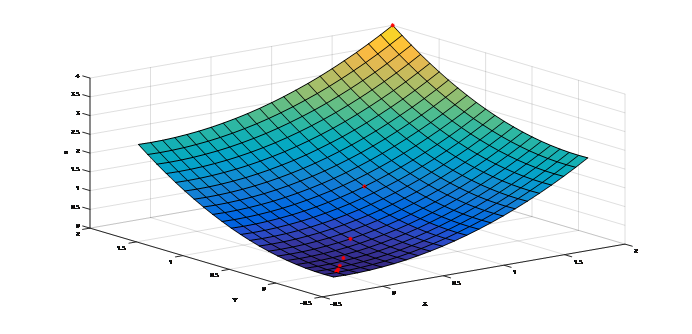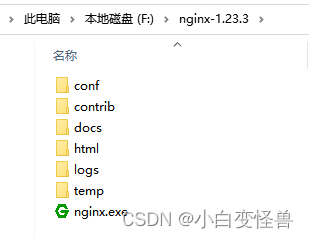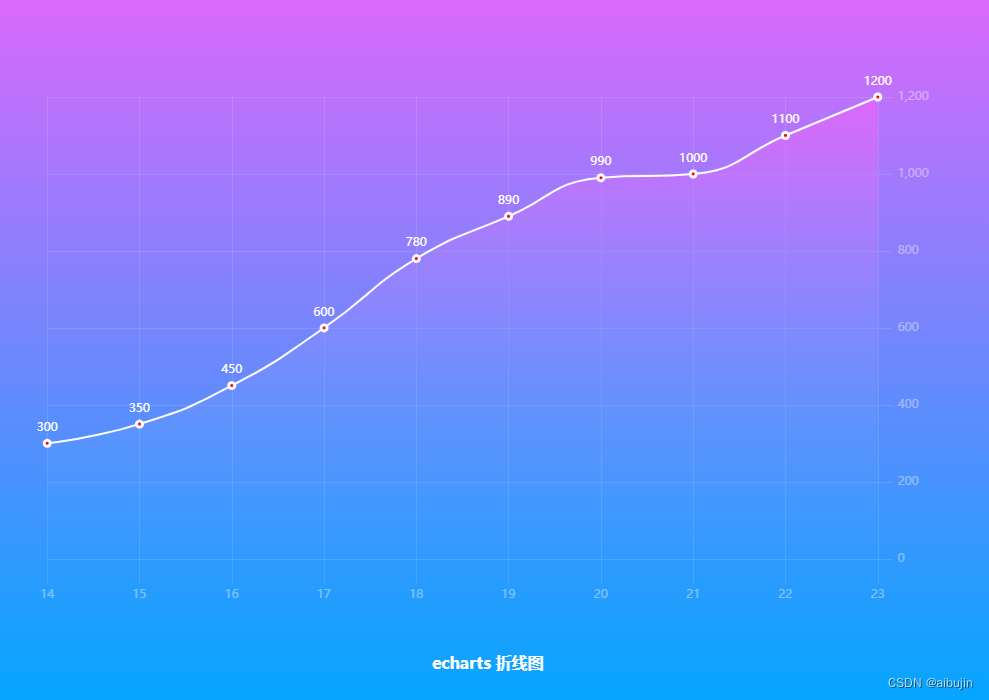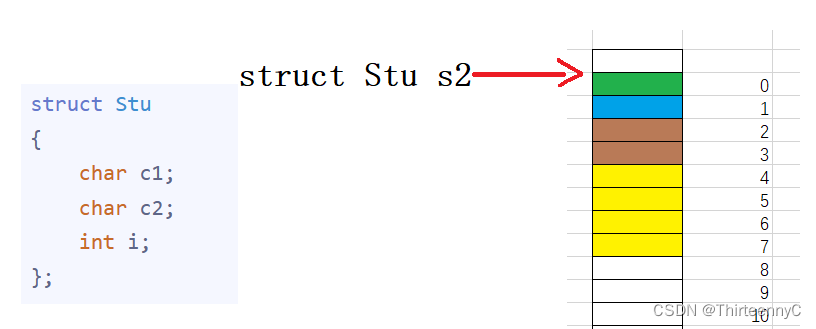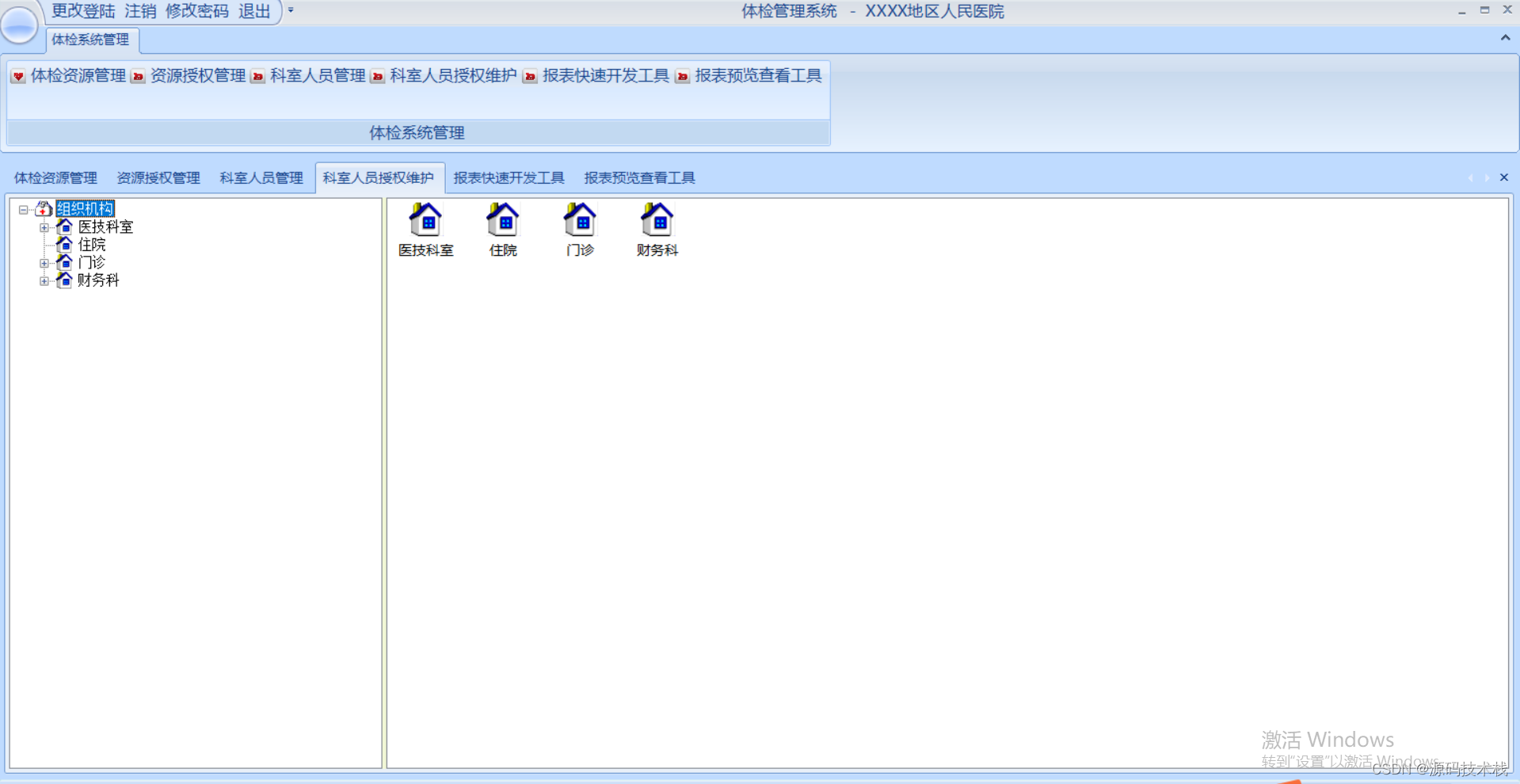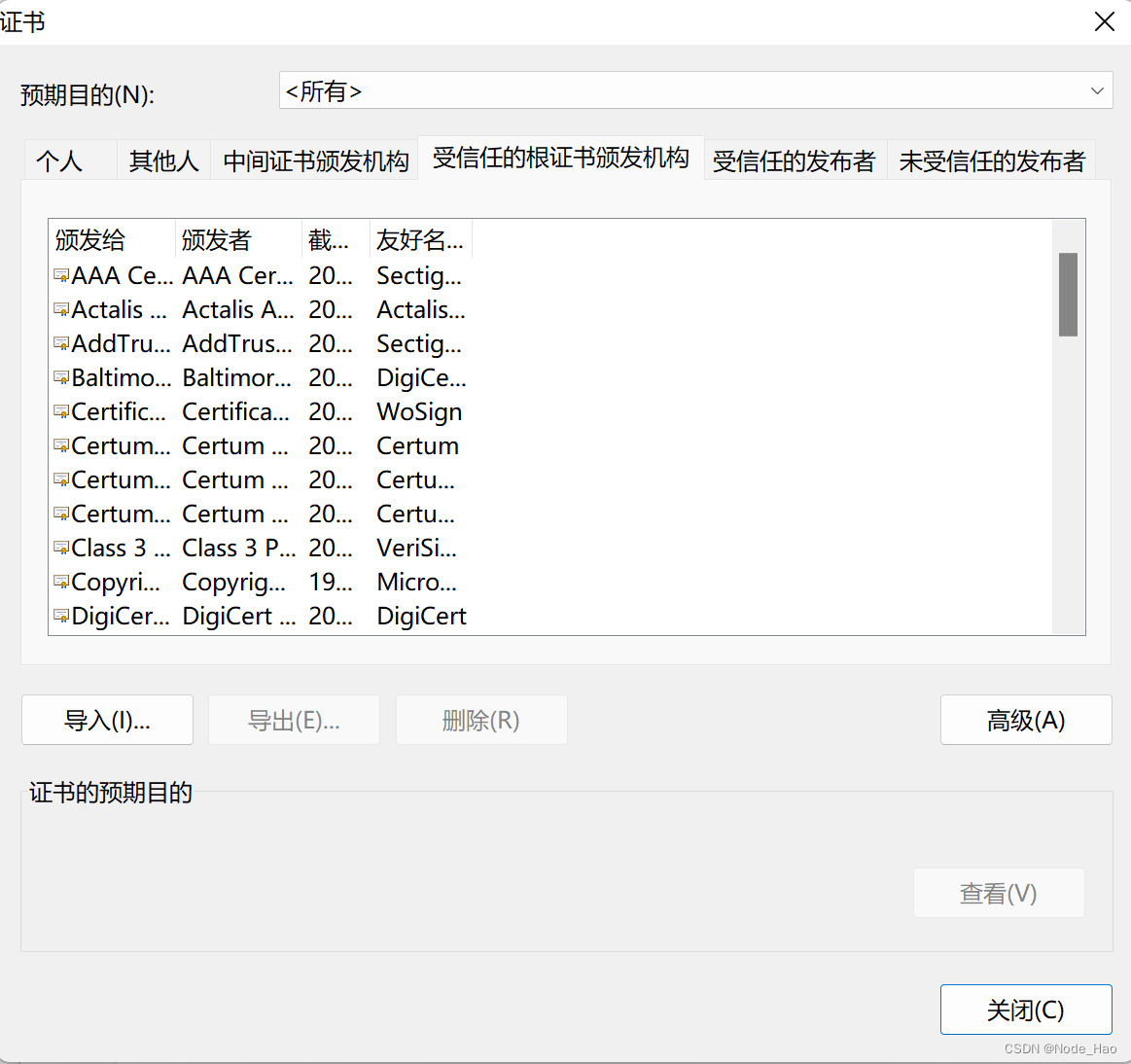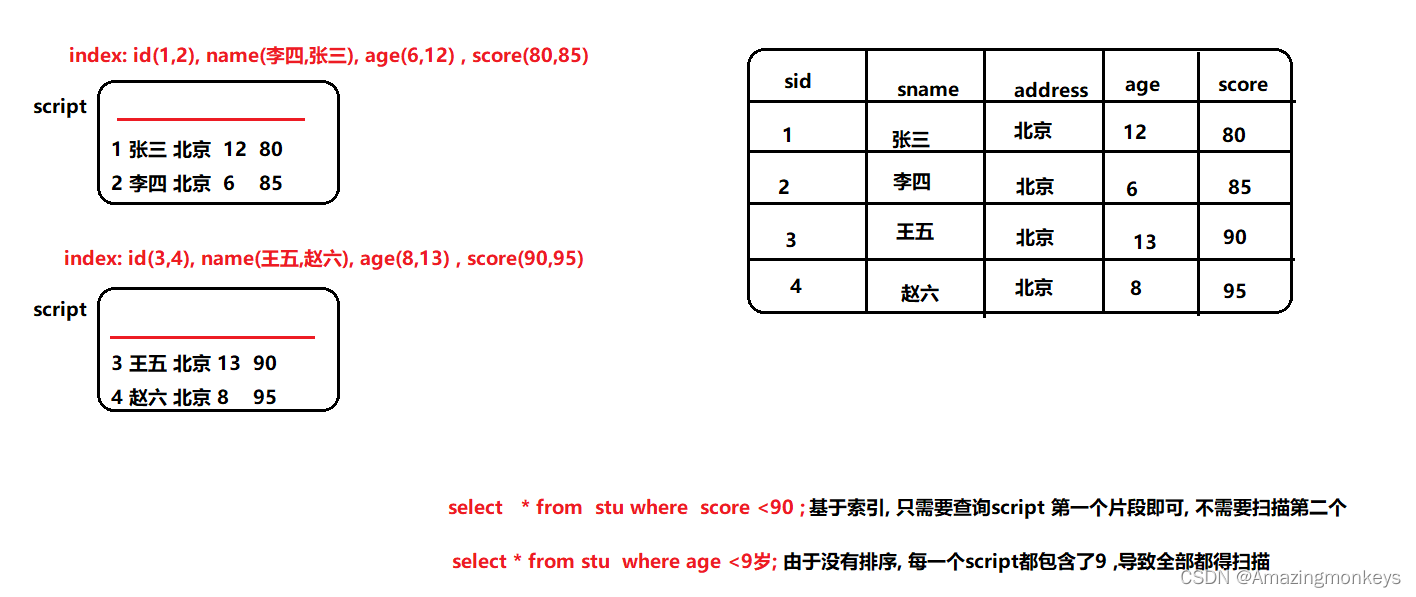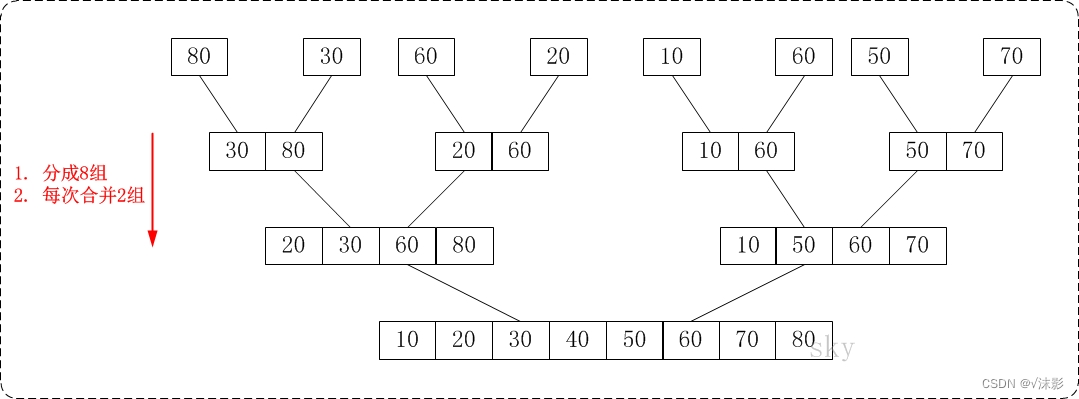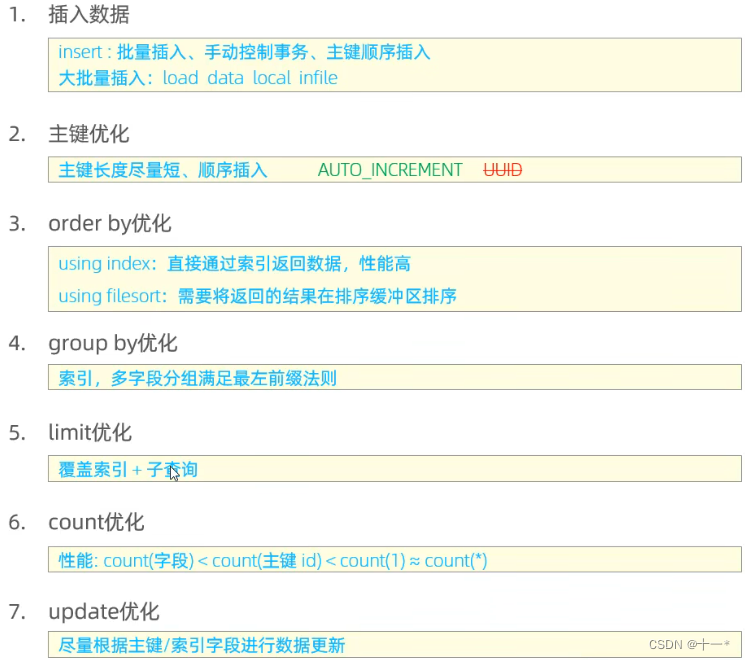一般的池化方法包括最大池化、平均池化、自适应池化与随机池化,这几天意外看到了多示例学习池化,感觉挺有意思的,记录一下。
论文
代码
1. 多示例学习(Multiple instance learning,MIL)
经典深度学习的数据是一张图一个类别,而多示例学习的数据是一个数据包(bag),一个bag标记一个类别,bag中的每一张图称为一个示例(instance)。形象一点的例子就是,一位患者扫了一次CT,产生了很多张CT切片图像,此时,一张CT切片为一个instance,所有CT切片为一个bag。如果所有的CT切片都检测为没病,那么这位患者正常,否则,这名患者患病。
其基本模式如下图所示:
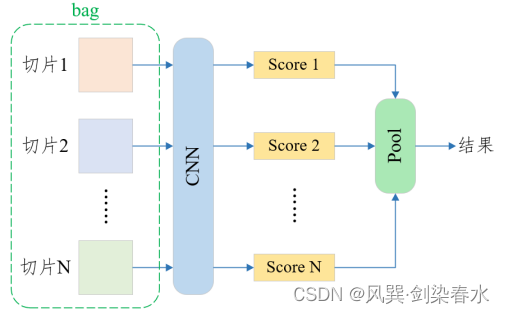
2. MIL pooling
最大池化和平均池化都是不可训练的,设计灵活且自适应的MIL池化可以通过针对任务和数据进行调整,以实现更好的结果。
2.1 注意机制(Attention mechanism)
该方法使用每一个instance低维嵌入的加权平均值,其权重系数通过神经网络学习得到,权重系数之和为1。设
H
=
{
h
1
,
…
,
h
K
}
H = \left\{ {{h_1}, \ldots ,{h_K}} \right\}
H={h1,…,hK}为一个bag中的K个嵌入,则:
z
=
∑
k
=
1
K
a
k
h
k
{z = \sum\limits_{k = 1}^K {{a_k}{h_k}}}
z=k=1∑Kakhk
a
k
=
exp
{
w
⊤
tanh
(
V
h
k
⊤
)
}
∑
j
=
1
K
exp
{
w
⊤
tanh
(
V
h
j
⊤
)
}
{{a_k} = \frac{{\exp \left\{ {{w^ \top }\tanh (Vh_k^ \top )} \right\}}}{{\sum\limits_{j = 1}^K {\exp \left\{ {{w^ \top }\tanh (Vh_j^ \top )} \right\}} }}}
ak=j=1∑Kexp{w⊤tanh(Vhj⊤)}exp{w⊤tanh(Vhk⊤)} 其中
w
∈
R
L
×
1
{w \in R{^{L \times 1}}}
w∈RL×1,
V
∈
R
L
×
M
{V \in R{^{L \times M}}}
V∈RL×M为参数,可由全连接层实现。
L
{L}
L为低维嵌入大小,
M
{M}
M为中间维度。
2.2 门控注意机制(Gated attention mechanism)
由于
tanh
(
x
)
{\tanh (x)}
tanh(x)在
x
∈
[
−
1
,
1
]
{x \in [ - 1,1]}
x∈[−1,1]时近似线性,这可能会限制instance之间学习关系的最终表达。作者设计了一种门控机制,即:
a
k
=
exp
{
w
⊤
(
tanh
(
V
h
k
⊤
)
⊙
s
i
g
m
o
i
d
(
U
h
k
⊤
)
)
}
∑
j
=
1
K
exp
{
w
⊤
(
tanh
(
V
h
j
⊤
)
⊙
s
i
g
m
o
i
d
(
U
h
j
⊤
)
)
}
{{a_k} = \frac{{\exp \left\{ {{w^ \top }(\tanh (Vh_k^ \top ) \odot sigmoid(Uh_k^ \top ))} \right\}}}{{\sum\limits_{j = 1}^K {\exp \left\{ {{w^ \top }(\tanh (Vh_j^ \top ) \odot sigmoid(Uh_j^ \top ))} \right\}} }}}
ak=j=1∑Kexp{w⊤(tanh(Vhj⊤)⊙sigmoid(Uhj⊤))}exp{w⊤(tanh(Vhk⊤)⊙sigmoid(Uhk⊤))} 其中,
U
∈
R
L
×
M
{U \in R{^{L \times M}}}
U∈RL×M为参数,
⊙
{ \odot }
⊙ 为元素级相乘,门控机制引入了可学习的非线性,潜在地消除了
tanh
(
x
)
{\tanh (x)}
tanh(x)中麻烦的线性。
3. MIL pooling的PyTorch代码
import torch
import torch.nn as nn
import torch.nn.functional as F
class Attention(nn.Module):
def __init__(self):
super(Attention, self).__init__()
self.L = 500
self.D = 128
self.K = 1
self.feature_extractor_part1 = nn.Sequential(
nn.Conv2d(1, 20, kernel_size=5),
nn.ReLU(),
nn.MaxPool2d(2, stride=2),
nn.Conv2d(20, 50, kernel_size=5),
nn.ReLU(),
nn.MaxPool2d(2, stride=2)
)
self.feature_extractor_part2 = nn.Sequential(
nn.Linear(50 * 4 * 4, self.L),
nn.ReLU(),
)
# w 和 V 由两个线性层实现
self.attention = nn.Sequential(
nn.Linear(self.L, self.D),
nn.Tanh(),
nn.Linear(self.D, self.K)
)
self.classifier = nn.Sequential(
nn.Linear(self.L*self.K, 1),
nn.Sigmoid()
)
def forward(self, x):
# 设输入张量大小为[20, 1, 30, 30],即有20个instance
x = x.squeeze(0) # [20, 1, 30, 30]
H = self.feature_extractor_part1(x) # [20, 50, 4, 4] 特征提取下采样
H = H.view(-1, 50 * 4 * 4) # [20, 800] 通道合并
H = self.feature_extractor_part2(H) # NxL [20, 500] 低维嵌入
A = self.attention(H) # NxK [20, 1] 计算ak
A = torch.transpose(A, 1, 0) # KxN [1, 20] 每个instance一个权重
A = F.softmax(A, dim=1) # softmax over N [1, 20] softmax使权重之和为1
M = torch.mm(A, H) # KxL [1, 500] 计算ak乘以hk
Y_prob = self.classifier(M) # [1, 1] 分类器输出概率
Y_hat = torch.ge(Y_prob, 0.5).float() # [1, 1] 大于0.5为1
return Y_prob, Y_hat, A
class GatedAttention(nn.Module):
def __init__(self):
super(GatedAttention, self).__init__()
self.L = 500
self.D = 128
self.K = 1
self.feature_extractor_part1 = nn.Sequential(
nn.Conv2d(1, 20, kernel_size=5),
nn.ReLU(),
nn.MaxPool2d(2, stride=2),
nn.Conv2d(20, 50, kernel_size=5),
nn.ReLU(),
nn.MaxPool2d(2, stride=2)
)
self.feature_extractor_part2 = nn.Sequential(
nn.Linear(50 * 4 * 4, self.L),
nn.ReLU(),
)
self.attention_V = nn.Sequential(
nn.Linear(self.L, self.D),
nn.Tanh()
)
self.attention_U = nn.Sequential(
nn.Linear(self.L, self.D),
nn.Sigmoid()
)
self.attention_weights = nn.Linear(self.D, self.K) # w
self.classifier = nn.Sequential(
nn.Linear(self.L*self.K, 1),
nn.Sigmoid()
)
def forward(self, x):
x = x.squeeze(0)
H = self.feature_extractor_part1(x)
H = H.view(-1, 50 * 4 * 4)
H = self.feature_extractor_part2(H) # NxL
A_V = self.attention_V(H) # NxD tanh
A_U = self.attention_U(H) # NxD Sigmoid
A = self.attention_weights(A_V * A_U) # element wise multiplication # NxK
A = torch.transpose(A, 1, 0) # KxN
A = F.softmax(A, dim=1) # softmax over N
M = torch.mm(A, H) # KxL
Y_prob = self.classifier(M)
Y_hat = torch.ge(Y_prob, 0.5).float()
return Y_prob, Y_hat, A
MIL pooling也不一定限制在多示例学习中使用,如对三维数据采用不同的二维降采样方法,得到的数据经特征提取后进行融合,也可以采用这种池化方法。
